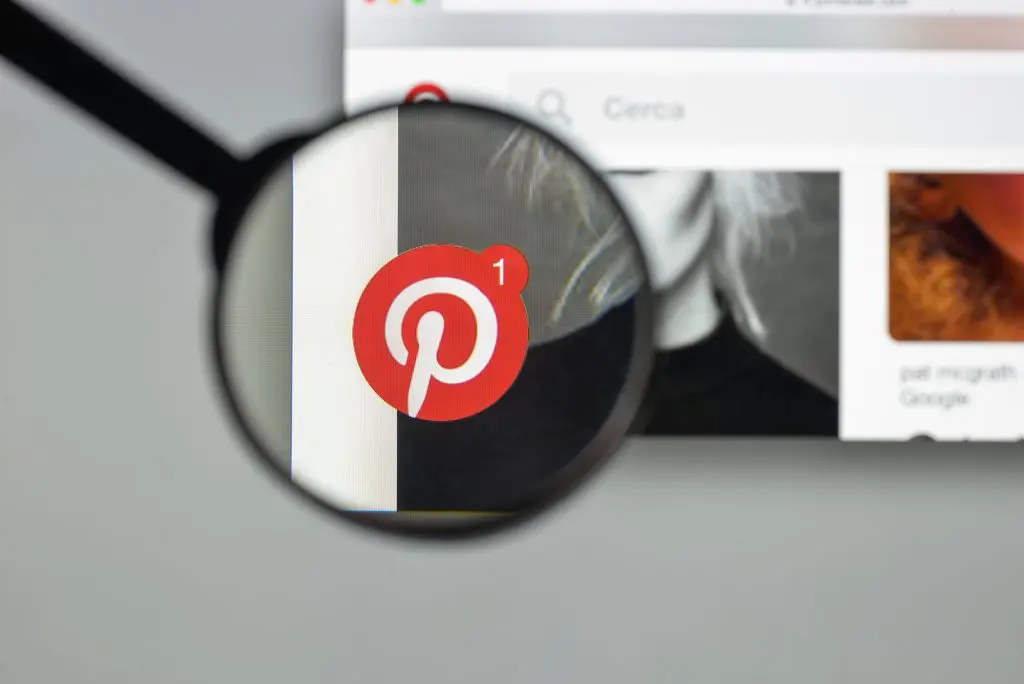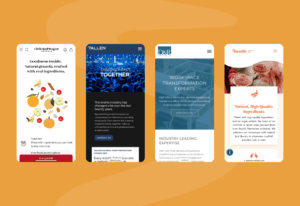
How to Use Pinterest Marketing to Multiply Your Website Traffic
Pinterest: the dark horse of social media. In its 10-year history, the online platform has amassed over 442 million active users—and the highest percentage of female users of any social media site.
Plot twist: Pinterest isn’t just a social media site where women go to find DIY inspiration, InstaPot recipes, and fresh ideas. It’s a behemoth of a search engine that uses an intelligent algorithm to serve up relevant information to the right people at the right time. Take Denver-based startup Artifact Uprising, for example. All it took was one viral pin to generate over 48 thousand organic website clicks and grow a multi-million dollar business in just 19 months. Case studies like this show that leaving Pinterest out of your marketing plan could be a massive missed opportunity.
So, what’s the big deal with Pinterest marketing? And more importantly, should business owners care? The short answer is “yes.” As a social platform turned search engine, Pinterest bolsters your SEO strategy, makes your content highly shareable, and reaches your target audience where they’re already spending their time. But first things first…
Stop thinking of Pinterest as a social media platform
Why? Because it’s not. When it comes to digital marketing, Pinterest functions more like Google than Facebook. Users go to Pinterest to search for information and save (AKA “pin”) items that add value to their lives—not to share personal updates or interact with followers.
Over the last ten years, Pinterest has grown to include much more than recipes and inspiration. It’s a visual collection of more than 200 billion pins from creators and businesses around the world. You can find everything from home improvement tips to business advice. And when you optimize your Pinterest for Business account the right way, it can be a major traffic- and revenue-driver.
How to use Pinterest for SEO
Since Pinterest is a search engine, the rules of search engine optimization (SEO) apply. When you feed Google a keyword or phrase, you get a list of results ranked in order of relevance to your search. This is because Google’s algorithm crawls the internet and ranks each web page based on keywords that appear in the source code. Pinterest works the same way.
The Pinterest feed you see when you log in? It’s not random. Pinterest uses its algorithm to rank pins that are most relevant to your recent searches and interests. So what does this mean for you as a business owner marketing on Pinterest? It means Pinterest will rank your pins based on what other users are searching for. For example, if you sell organic granola, you’ll want to optimize your pins so that they appear front and center when users search for granola-related terms. Here’s how.
Create boards for your target audience
If you have a business blog (and you should), your content is likely organized by categories. For example, a granola-maker probably doesn’t have a blog category for “dream travel destinations.” More likely, they have categories for “gluten-free recipes” and “baking with granola.” The same goes for Pinterest.
When you create a Pinterest for Business account, think about your target audience and create boards based on how your product or service meets their needs. Remove any boards that are irrelevant or personal. By keeping your Pinterest content hyper-focused on your audience, you’ll attract the right followers: the ones who will buy your product or book your service.
Add keyword-rich descriptions to your boards
If you’re just starting with Pinterest marketing, aim to create at least 20 boards with 20 to 30 pins each. To make your boards searchable, opt for clear board names (instead of clever ones). For example, opt for “summer granola recipes” instead of “tasty summer days.”
Pinterest also gives you the option to include board descriptions. For the love of searchability, don’t leave your board descriptions blank. This is valuable real estate for keywords your audience is searching for on Pinterest—and Google. That’s right: if someone types your keyword or phrase into Google, your Pinterest board has the potential to show up in the results. Since your Pinterest profile ultimately drives traffic to your website, showing up in Google search results can lead to a massive increase in traffic and visibility.
Additionally, Pinterest users can sort by “boards” when searching. Keyword-rich descriptions help them discover your boards first. When writing descriptions, avoid “keyword stuffing”—that is, cramming as many keywords as possible into the text. Pick one or two keywords that are relevant to your topic and weave them into an engaging blurb. As a general rule when optimizing text: write like a human (not like a computer).
Make your pins “pinnable” and add keyword-rich descriptions
After you set up your boards, you need to populate them with content or “pins.” Since the goal is to drive people to your website, start with your blog content. For every blog post on your website, create a pinnable image. Images should be vertical, on-brand, and relevant to your target audience.
For each pin that links to your website, write a keyword-rich description—just like you did for your board descriptions. You don’t need to be an SEO expert to create keyword-rich descriptions. Simply ask yourself, “what would my target audience be searching for to find this particular pin?” Make a list of keywords and check them in Pinterest search. Do the other search results align with your content? If so, you’re good to go. If not, consider what different keywords might be more relevant.
Additionally, your keywords should be specific. For example, if you’re pinning a blog titled “Three Easy Gluten-Free Granola Recipes,” you might want to use keywords like “benefits of gluten-free” or “the best gluten-free granola.” Keywords like “gluten-free” or “granola” are too general and risk getting lost in a sea of competition. Here’s an example of a well-optimized pin description:
“Are you struggling to find gluten-free granola recipes that actually taste good? You’re in luck because we’ve created a collection of the best gluten-free granola recipes, 100% taste-tested and approved. Whether you have a gluten allergy or not, the benefits of eating gluten-free have never tasted so good.”
Looking for the TL;DR version?
Here’s the bottom line: Pinterest can easily become one of your primary sources of website traffic. You just need to approach it with the right mindset and strategy. Be intentional about who your audience is and give them something to pin about. To recap your Pinterest for SEO strategy:
- Create boards that provide value to your audience
- Clearly describe your boards using keyword-rich descriptions
- Create visually appealing vertical images people want to pin (AKA don’t just re-pin images from Instagram)
- Add engaging, keyword-rich descriptions to your individual pins
After you populate your Pinterest for Business account with SEO-friendly content, you can create a system that automates the daily task of pinning. Tools like Tailwind automatically pin your content during the best days and times—without you lifting a finger. Consistent pinning will boost your SEO and put your content in front of more eyes. All you need to do is sit back and wait for the website traffic to roll in.
Recent Posts
Trends, Tech, and Takeaways: Applying 2025’s Lessons to Your New Year Marketing Campaigns
2025 has been a year of bold shifts and rapid adaptation. Marketers faced new challenges, tested new tools, and learned fast. As the year closes, the smartest brands are already […]
Read MoreConnected Strategies for Consistent, Scalable Growth
Think about the last time you opened a new tab to complete a task and ended up juggling five tools, three logins, and a dozen message notifications. It’s the modern […]
Read MoreWhy Clients Call Us the Best Digital Marketing Agency in Bend, Oregon: Showcasing Our Impactful Work
We love helping brands surpass their competition—and their expectations. Clients often refer to us as the best digital marketing agency in Bend, Oregon, and it’s not a title we take […]
Read More



